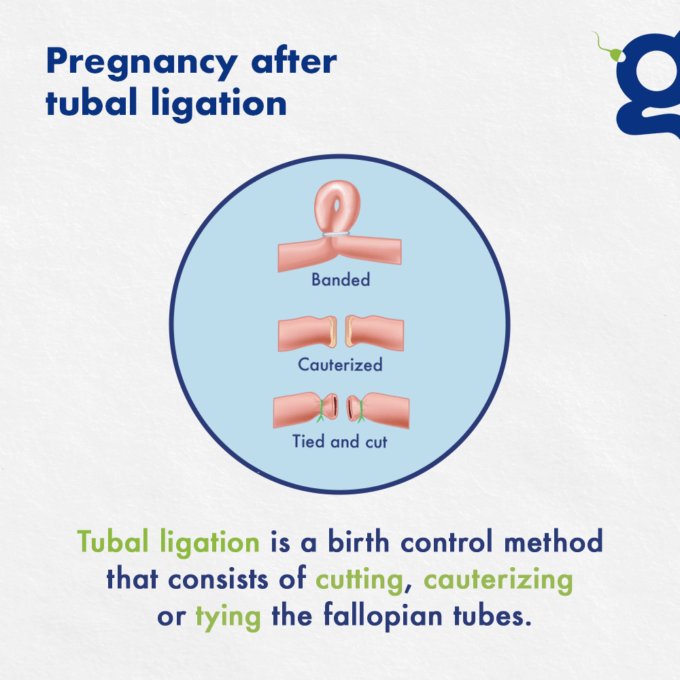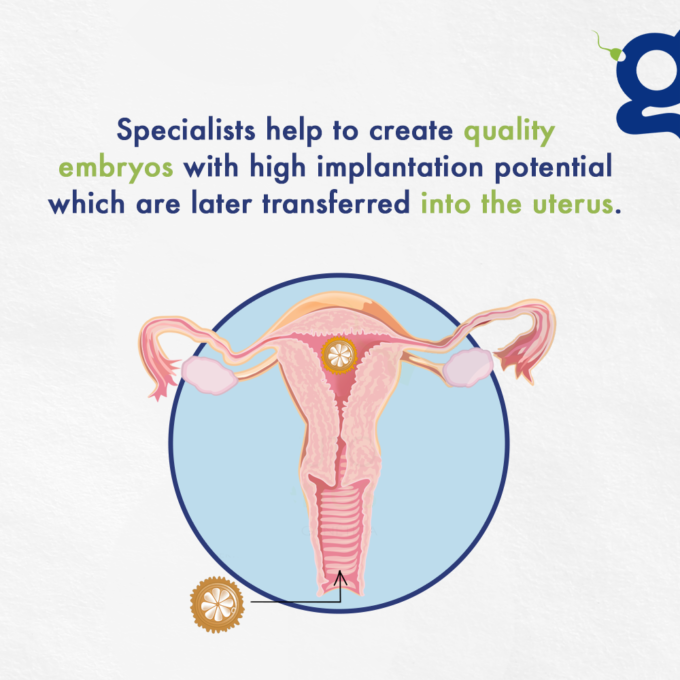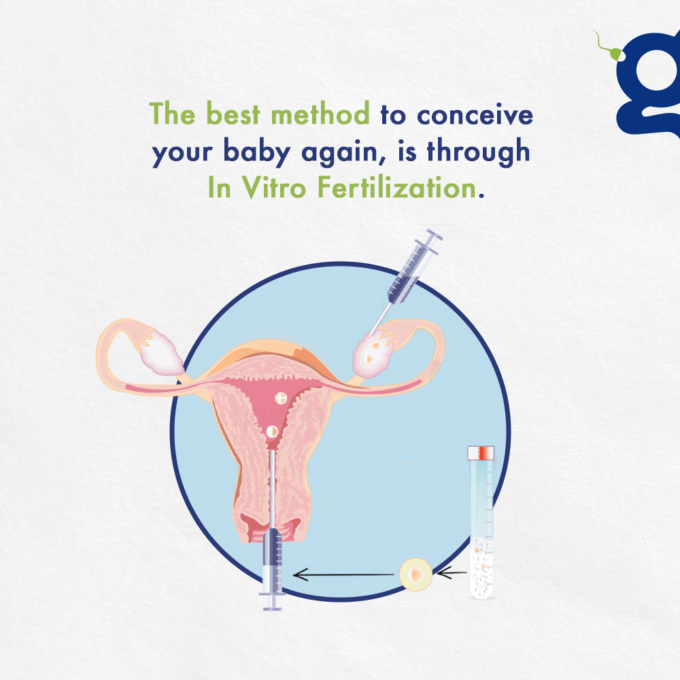Tubal ligation (also known as salpingectomy) is considered a permanent method of sterilization, but if you have had your tubes tied and now regret your decision, you have two options: In Vitro Fertilization (IVF) and tubal ligation reversal surgery or tubal recanalization.

In IVF, fertilization occurs in a laboratory, and embryos with the highest implantation potential are placed directly into the woman’s uterus, making the fallopian tubes no longer necessary.
Therefore, due to the significant advantages of IVF over tubal ligation reversal surgery, Ingenes does not recommend the surgery and only performs it when the patient chooses it despite knowing its risks and disadvantages.

What is tubal ligation or bilateral tubal obstruction?
Tubal ligation or bilateral tubal obstruction is a surgical sterilization method for women. It involves cutting, stapling, blocking, tying, or cauterizing the fallopian tubes to prevent the egg from moving from the ovary to the uterus and to prevent sperm from meeting and fertilizing the egg. Tubal ligation is considered a permanent method of sterilization, and each year it is performed on more than 650,000 women in the United States alone.
What are the alternatives to achieve pregnancy after tubal ligation?
Tubal ligation is considered a permanent method of sterilization, but if you have had your tubes tied and now regret your decision, you have two options:
- In Vitro Fertilization (IVF)
- Tubal ligation reversal surgery or tubal recanalization
In IVF, fertilization occurs in a laboratory, and embryos with the highest implantation potential are placed directly into the woman’s uterus, making the fallopian tubes no longer necessary.
Therefore, due to the significant advantages of IVF over tubal ligation reversal surgery, Ingenes does not recommend the surgery and only performs it when the patient chooses it despite knowing its risks and disadvantages.

Advantages of In Vitro Fertilization
- Possible complications of surgery are avoided
- The risk of ectopic pregnancy is eliminated
- A successful pregnancy can be achieved within a few weeks, while recanalization surgery may require waiting up to a year
- Some types of ligation are not reversible through surgery
- It has a higher probability of success in case of other conditions causing infertility
- When combined with methods such as preimplantation genetic diagnosis, it allows for the detection of genetic and chromosomal abnormalities common in women over 35
- After achieving pregnancy, the woman does not need to use contraceptives again
Advantages of Reversal Surgery of Tubal Ligation
- If successful, the woman may not require any further interventions to achieve pregnancy
- The woman does not need to take medication that stimulates her egg production
Reversal surgery of tubal ligation or tubal recanalization is a microsurgery procedure in which the two separate segments of the fallopian tube are joined together using microscopic stitches.
In some cases, this allows the egg to travel from the ovary to the uterus and be fertilized by the sperm on the way, but it does not guarantee the restoration of fertility as the tube may lose its functionality.

Although the reversal surgery of tubal ligation is usually outpatient, the patient’s full recovery takes several weeks. Like tubal ligation, its reversal is considered a risky surgery and its possible complications include:
- Bleeding
- Infections
- Damage to adjacent organs
- Formation of pelvic adhesions
- Problems due to anesthesia
- Impossibility of recanalization
Not all types of ligation are reversible through surgery. Depending on the state of your Fallopian tubes, you may not be a candidate for the reversal surgery of tubal ligation or you may have very few chances of achieving pregnancy after it.
In addition, there is a risk of ectopic pregnancy after tubal recanalization due to the possible formation of pelvic adhesions and narrowing of the Fallopian tubes, which can block the passage of the fertilized egg toward the uterus.
The biggest advantage of tubal ligation reversal over In Vitro Fertilization (IVF) is that after surgery the woman may not require any further intervention to achieve pregnancy. However, if the surgery is unsuccessful, she is likely to end up undergoing an IVF procedure anyway.
In addition, after achieving pregnancy, she will need to use contraceptives again or have her fallopian tubes re-ligated if she does not want more children.
On the other hand, the biggest advantage of IVF is that the woman can avoid the risks of undergoing surgery. Additionally, she can know if she is pregnant ten days after a procedure that can take a few weeks, while achieving pregnancy with tubal recanalization surgery can take up to a year.
If you opt for IVF, it is very important that you go to a top-level assisted reproduction institute, as you will need to take medications that stimulate your egg production, which carries risks such as ovarian hyperstimulation syndrome and must be carefully monitored by experienced specialists.
At Ingenes, we have the highest participation in the Mexican market in high-complexity technologies and pregnancy success rates higher than the average of US fertility clinics. We also have qualified specialists in both procedures, so we can help you decide which option is best for you based on your medical history and that of your partner.


